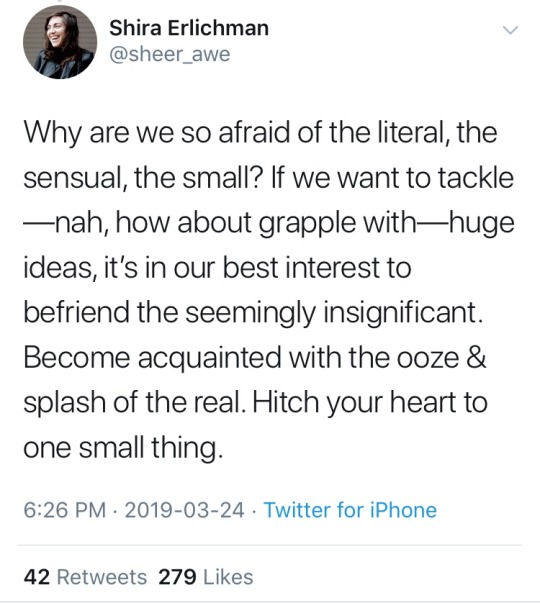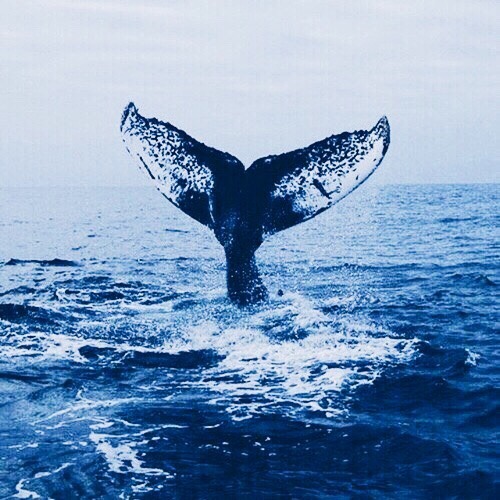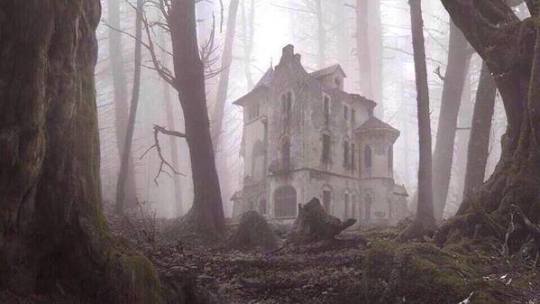Text
I am a(n):
⚪ Male
⚪ Female
🔘 Writer
Looking for
⚪ Boyfriend
⚪ Girlfriend
🔘 An incredibly specific word that I can’t remember
410K notes
·
View notes
Text
Writing awesome antagonists
You guys asked for it. So, here ya go:
1. An antagonist isn’t necessarily a villain
When I hear the word ‘villain’, I think of someone with sinister/evil intentions. Someone who wants to rule the world or ruins nature by using dark magic or kicks puppies. These characters can be great in stories, but they’re not the only option for conflict.
An antagonist can be your protagonist’s competitor, an overprotective loved one, someone with a different view, or even a different side of the protagonist themself (think Dr Jekyll and Mr Hyde).
If your aim is to write an antagonist (who may or may not be a villain),then this post is for you!
2. Motivation is the holy grail
Do not make your antagonist evil for the sake of being evil. The most famous example of this is Iago in the Shakespeare play Othello (yes, Shakespeare made mistakes. Deal with it.)
In children’s stories or melodramatic stage plays, it’s fine if your villain simply exists because there has to be someone evil to oppose the MC’s good. But if you’re writing anything MG or higher, this isn’t gonna cut it anymore.
People are complicated. They have different morals, beliefs and alliances. But most people believe that they are good, that they are justified in the way they act and treat others. So, even though a great amount of people are dicks, they don’t think they are.
This should translate to your antagonist. They need to have a reason for opposing the protagonist. The first thing you should determine for each character in your book, is their fundamental motivation. What is it that they want/are striving for? Is your antagonist ambitious above all else and they are determined to become King? Is she trying to kill your MC because their blood is the only cure to some alien disease. Are they scared of the unknown and detest the protag because of their ancestry? Whatever the case is, it needs to be a real, identifiable and strong motive.
If you want to go into a more evil direction and use an inherently flawed/dangerous motivation, I would suggest linking it to solid reasons. e.g. If you’re writing something like the evil queen in Snow White, you need to link her psychopathic vanity to the flaws of the society she grew up in or the way she was treated as a child etc. Maybe the character has antisocial personality disorder (psychopathy) or was raised to squash all competition etc.
Motivation is even more important if you intend to write some scenes from the perspective of the antagonist
3. Near invincibility
You can have more than one antagonist in your story, but the big baddie should be REALLY big.
The main antagonist needs to be the biggest thing your protagonist has ever had to face. And they need to be a more-than-worthy opponent.
This ups the tension in your novel, since the reader will be anticipating the final showdown and truly wondering whether the MC will be able to come out on top.
The way to do this is to litter small conflicts between the two characters throughout the story. You protagonist should have altercations with the antagonist/their army/their minions before the big conflict at the end. Each of these smaller show-downs should end in the protagonist losing/having to retreat/surrendering/getting severely injured and discouraged.
You can show the protagonist beating other opponents, but they shouldn’t get the upper hand over the main antagonist until the final conflict. This shows the reader than the MC will really have to dig deep in order to overcome the big conflict.
NB: The antagonist needs to start out waaayyy stronger than the protagonist.
4. Antagonist plot twists
Antagonists/villains can be great tools for shocking plot twists.
This mostly has to do with playing with expectations of who the villain will be.
So, maybe the person your characters thought was the antagonist has been under the evil influence of an even bigger baddie the whole time.
Maybe the antagonist turns out to be the one with the better philosophy/plan.
Maybe one of the “good” characters turns out to be the actual villain.
Maybe the antagonist is only a figment of the protagonist’s imagination (think Black Swan).
Maybe the system is the real bad guy and your antagonist is just another victim.
Whatever floats your boat. Just know that you can do wonderful, twisty things with the antagonist. Use that to your advantage.
5. Redemption, anyone?
This is a highly contested topic, but I believe that antagonists can and should sometimes be redeemed.
How this happens depends on your specific story and the character. Obviously, if the antagonist committed genocide and poisoned kittens, they got some splainin to do. In these cases, the change in mind of the character has to be warranted. Something HUGE needs to happen to them that changes the way they think and behave. And they better be fucking sorry and willing to do whatever it takes to make things right.
If your antagonist isn’t the personification of evil, this will be a bit easier. Since they probably opposed the protagonist due to societal ideologies or fraudulent beliefs, it only requires the truth to be revealed for them to shift their alliance. They should still say sorry, though. It’s only polite.
My advice with redemption arcs is that the antagonist has to suffer before they can truly be redeemed. They have to face some consequences for the time they spent on the wrong side of the fight. And they shouldn’t be trusted/accepted by the protagonist immediately.
If you want to learn how to do a redemption arc right, look at Zuko’s story in Avatar: The Last Airbender. He has the best redemption arc in fictional history.
Alright, that’s all I have for now. I hope that you guys found this useful. If you want me to do a post about creating an antagonistic character that hooks the reader, be sure to leave a comment.
Reblog if you found this useful. Comment with your own tips. Follow me for similar content.
5K notes
·
View notes
Text
ok but like when did self-sacrifice become synonymous with death? writers seem to have forgotten that people can make personal sacrifices for the greater good without giving their lives. plots about self-sacrifice and selflessness don’t always have to end in death. suffering doesn’t have to be mourning. you can create drama and emotional depth on your show without killing everyone. learn to explore the meaning of living rather than dying
180K notes
·
View notes
Video
Snippet from my garbage bag test, also currently known as the mer-leech!
Longer, more detailed video is on my Patreon!
91K notes
·
View notes
Photo


I drew a visual hair type classification guide. I thought I’d share it here. Mine is between 1b-1c.
221K notes
·
View notes
Text
Writing a novel when you imagine all you stories in film format is hard because there’s really no written equivalent of “lens flare” or “slow motion montage backed by Gregorian choir”
168K notes
·
View notes
Photo






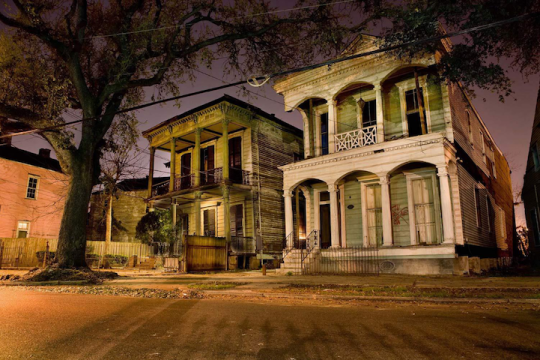
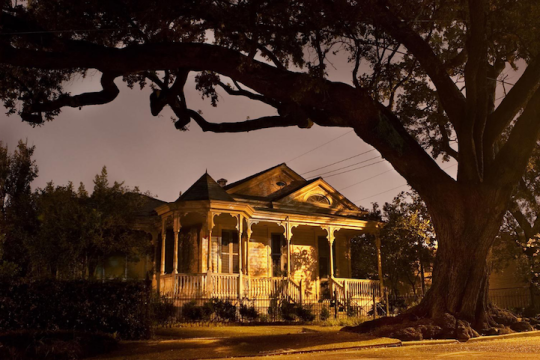

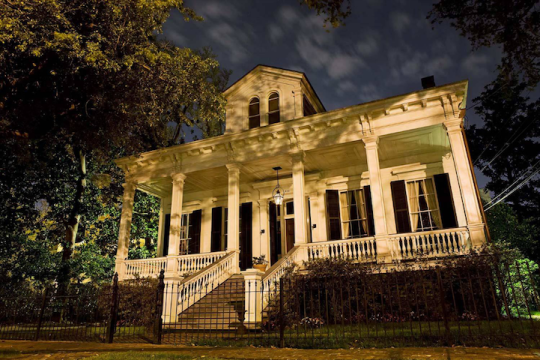
Louisiana-based photographer Frank Relle captures the nighttime magic of New Orleans in his ongoing series New Orleans Nightscapes. He uses long exposures to capture the feeling of the powerful, haunting beauty throughout his hometown.
124K notes
·
View notes
Photo

Witchcraft by LordofMasks
More by the Artist Here
478 notes
·
View notes
Photo

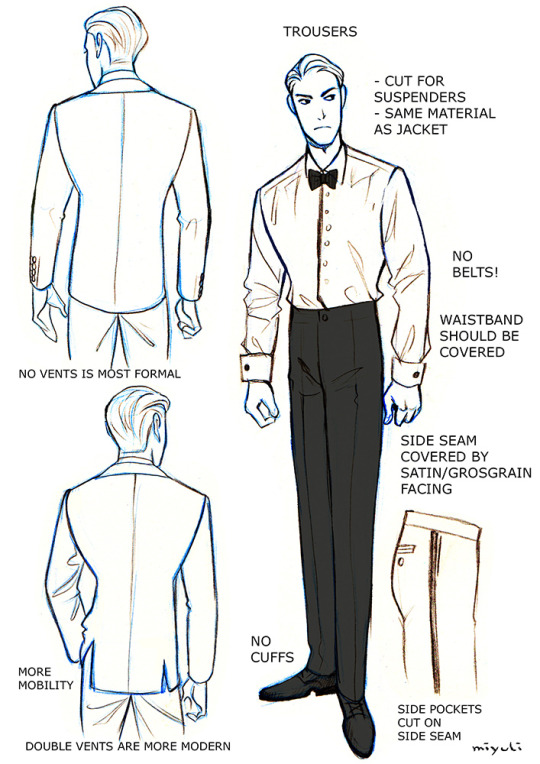

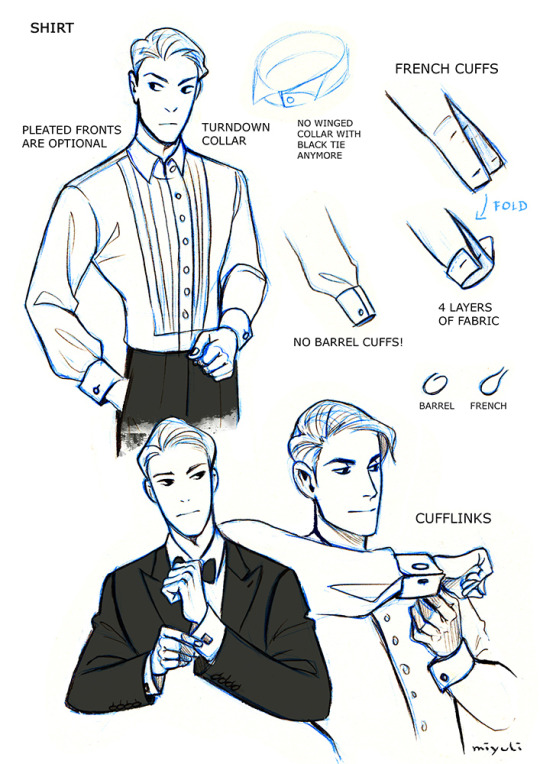

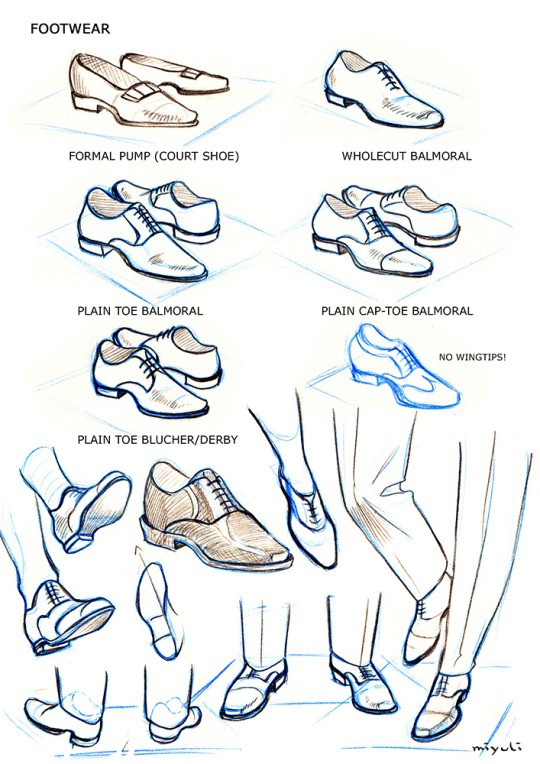

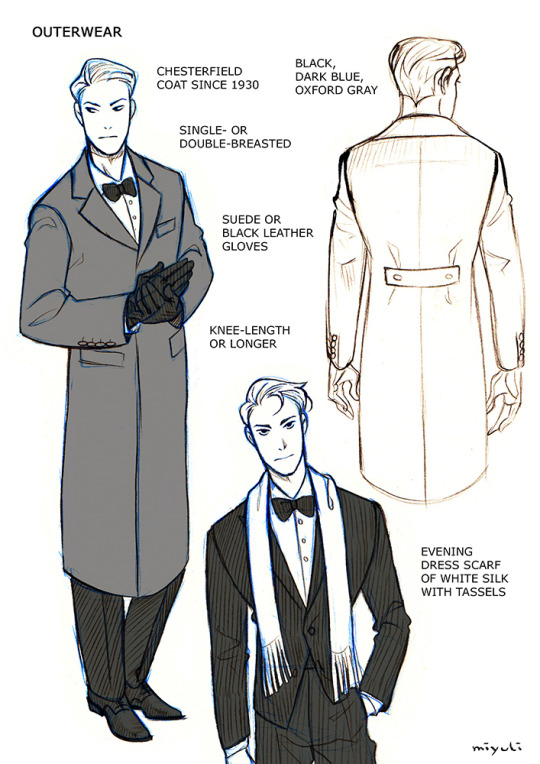
I’ve been studying the classic black tie dress code (mainly from here) so I thought I could share my notes. Maybe they can be helpful to someone else, too. If I made any mistakes or things are really confusing please tell me.
I also have some notes on white tie which I could share as well…
177K notes
·
View notes
Photo

Character development fodder
3K notes
·
View notes
Photo

The reality of bullet wounds for writers.
via bullet_wounds (1).jpg 826×819 pixels
5K notes
·
View notes

